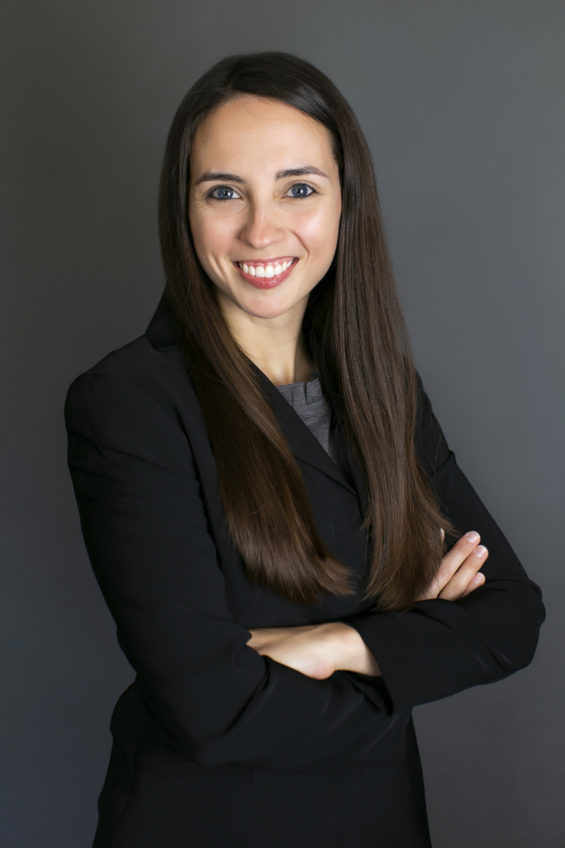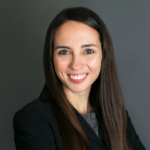
Change is the only constant for America’s healthcare landscape of late. Patients are taking a more earnest look at their options for healthcare, while payment sources are seeking the biggest value for the lowest dollar.
Of note, senior care providers are feeling the squeeze of changing payment incentives that encourage utilization of lower-cost care, including living at home with home care services or assisted living with or without a layer of home health services.
As a provider, consider the following questions as a readiness assessment to determine your stability, sustainability and nimbleness.
STRENGTHS AND PERFORMANCE
1. What are your strengths, and do they appear in the data?
Hospitals, Accountable Care Organizations (ACOs), and others must look closely at evidence-backed facilities for forming partnerships and choosing their preferred senior care providers. Knowing exactly how a provider compares, particularly to its peers, is an important step to vital partnerships.
2. Could you specialize in a service needed in your area?
Today, most still look for assurance that the senior care operator has decent quality utilizing CMS’s Star Rating System. However, the next step is identifying partners with specialized nursing expertise by service line, such as orthopedic rehabilitation, cardiac rehab and COPD. Many services can best be served by a streamlined provider. Are there specific programs to which you can accommodate a specialized patient population and excel at giving exceptional, timely care?
3. What is your occupancy and payer mix and how does it compare to competitors?
Understanding your occupancy and payer mix compared to competitors can help determine the relative supply and demand of beds in the market as well as identify if there is a problem with the provider or the market in general. This provides context to understanding the level of achievable opportunity for improvement.
4. Are you practicing Person-Centered Care?
Person-Centered Care is a way of thinking and doing things that sees the people using health and social services as equal partners in planning, developing and monitoring care to make sure it meets their needs. Involving residents and their families and putting them at the forefront of decisions helps minimize risk for the provider and creates marketing differentiators between other facilities.
FINANCIAL STANDING AND ACCOUNTING
5. What is the debt structure?
Be aware of potential pressure that could come from lenders in the event your performance fails to meet debt covenants. If you have relatively low debt levels, you may be able to use debt to access capital needed for development or refurbishment projects that would keep your facility competitive in the marketplace.
6. What is the trend for the ‘Days in Accounts Receivable’ ratio?
Anything over 50 Days AR is problematic— and the problem could derive from revenue recognition or collection issues. You must immediately take steps to rectify this, or you could quickly be in danger of running low on cash.
7. How well are you positioned to transition to the new PDPM payment model?
With CMS’s new Patient-Driven Pay Model launching Oct. 1, providers that are prepared to accurately document a patient’s conditions will also ensure they avoid the low default payment rate.
EXTERNAL AND INTERNAL FACTORS
8. Are there competitively negotiated agreements with large vendors, such as food and pharmacy?
Providers often use the same vendors for up to 20 years, just relying on annual contract renewals. However, tendering the provider’s most material contracts is extremely important in obtaining value for money and extracting efficiencies needed to maintain year-on-year profit margins.
9. Has the state’s Medicaid program changed methodologies, such as moving to Medicaid managed care?
This leads to fewer admissions, payment delays and more denials. Be aware and be prepared if this is happening in your state. You will need extra cash on hand to survive any of these potential issues. Are there ways to streamline services and focus on what you are best at and what is most valuable to the bottom line? This is an important measure that can go a long way to securing a long-term future.
Claire Roebuck, MSHA, MBA, is a senior associate at Healthcare Management Partners (HMP), a turnaround and consulting firm that specializes in restructuring healthcare organizations that are experiencing current, or anticipated financial challenges. She has operational and strategy experience in myriad healthcare settings including the senior living arena.





